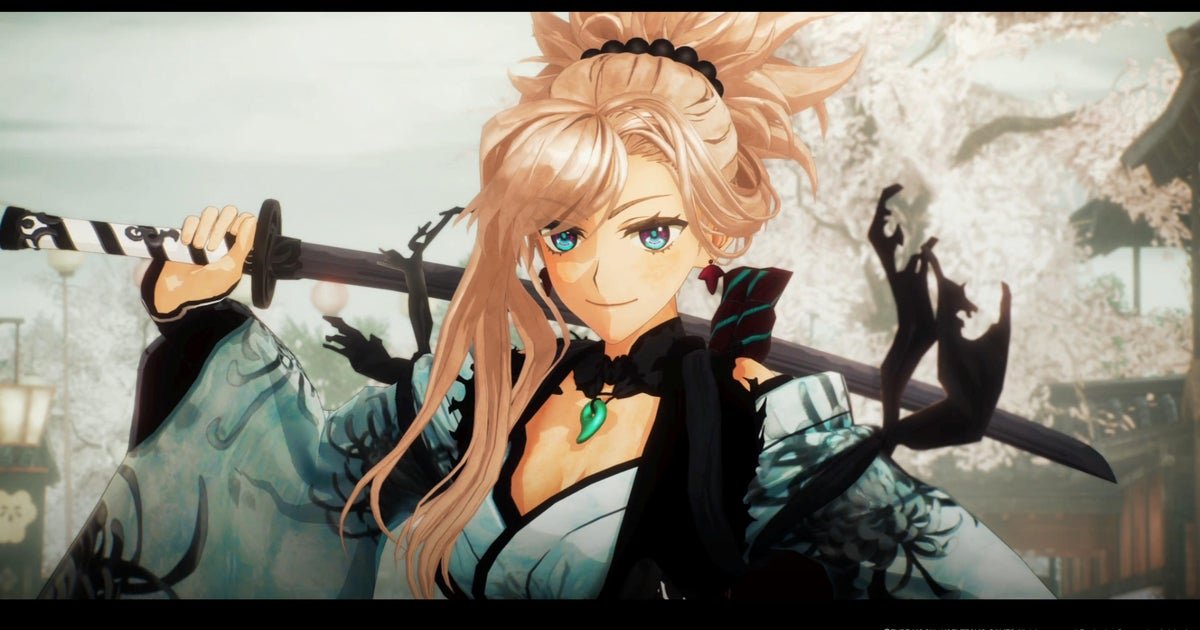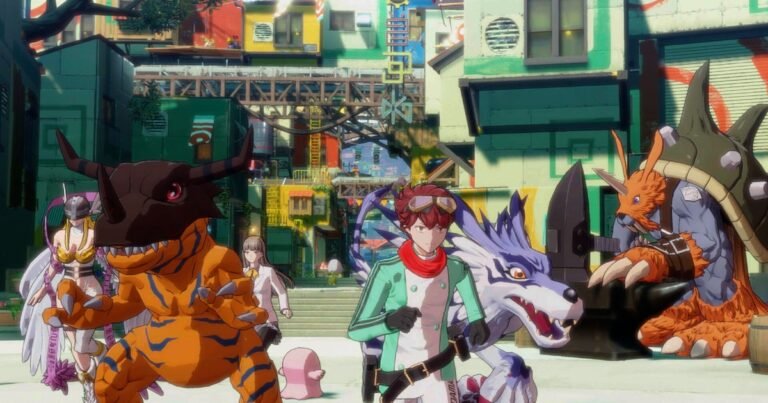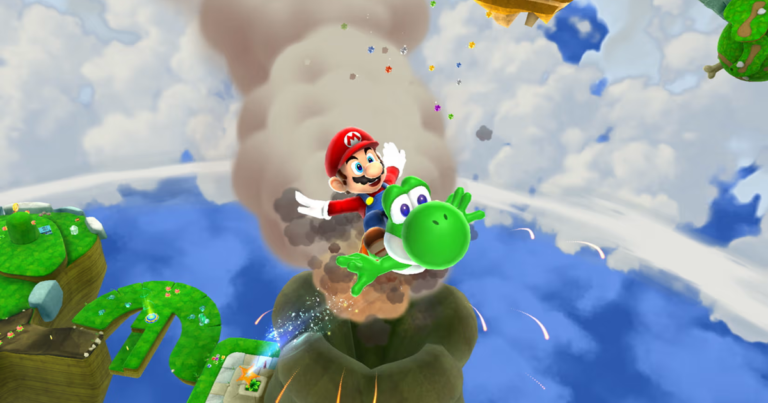
After multiple games from Type-Moon, Koei Tecmo decided to elevate the Aniplex property with the development of Fate/Samurai Remnant by its Omega Force, renowned for Musou games. Collaborating with the creators of previous games, Dynasty Warriors producers embarked on a project of grander scale and ambition, resulting in one of the finest projects related to the Masters and Servants storyline.
Far from the origins of Fate/stay night, the visual novel released in 2004 by Type-Moon, Fate/Samurai Remnant beautifully illustrates the series’ transformation over the years as it delves into action RPG territory. The latest title serves as a natural evolution of the series, showcasing the creative leaders’ trend. Despite its modest scale, the game stands as a notable improvement and a source of amusement.
### Story
Immersing players in the year 1651 in Japan, a time of peace following the bloodiest era of clan conflicts, Fate/Samurai Remnant presents Edo’s districts under the menace of bandits, yet overall peaceful. Players assume the role of Miyamoto Iori, a Master hailing from Asakusa, who must navigate through a hidden battle involving Masters and Servants to attain a powerful objective.
The narrative unfolds with powerful opponents, mysterious allies, and a hidden side of Edo where spiritual prowess determines victory in battles fought with warriors from different eras. While the story offers engaging moments reminiscent of top-tier anime action scenes, it occasionally falls short in delivering substantial progress or consequences, leaving some narratives feeling inconsequential.
### Gameplay
As expected, Fate/Samurai Remnant features a Musou combat system adapted to an Action RPG format, offering strategic depth beyond mere button-mashing. Players can execute combos, switch between postures, engage in cooperative attacks with Servants, and face enemies who counterattack strategically. However, battles against formidable foes can become tedious due to repetitive mechanics.
Exploring Edo’s districts unveils numerous incentives to extend gameplay, from side missions to managing Iori’s base and engaging in area-specific activities. While the game’s mechanics and stages may initially captivate players, prolonged gameplay can lead to weariness, particularly in combat encounters.
### Graphics
Despite its humble scale, Fate/Samurai Remnant boasts visually appealing aspects, blending anime-style environments with 3D elements to capture the essence of Japanese animation. While the game may lack technical excellence, its strong color palette and historical Japanese aesthetics contribute to its visual charm, although occasional simple 3D elements may disrupt immersion.
In conclusion, Fate/Samurai Remnant represents a noteworthy addition to the Masters and Servants saga, offering an immersive experience with engaging gameplay mechanics and visually captivating elements, despite some drawbacks in narrative progression and combat repetitiveness.
A Unique Blend of Action and RPG
Fate/Samurai Remnant offers a fresh take on the Musou gameplay by infusing it with elements of an Action RPG. With a mix of depth and strategy, the game provides good moments for players who appreciate Japanese productions and immersive storytelling.
An Aesthetic Appeal for Japan Enthusiasts
While the graphic engine might not be the most advanced, the visual aesthetic of Fate/Samurai Remnant holds a strong appeal for fans of Japan. The game’s dynamic combat system, coupled with elements of strategy, keeps players engaged in the fantasy story inspired by reality.
Challenges and Rewards Await
Despite some shortcomings like excessive mechanics and frequent loadings due to a map divided by zones, Fate/Samurai Remnant offers immense optional content and incentives to replay the game multiple times. While combat may feel simple and repetitive at times, players can still find themselves pleasantly surprised by the overall experience.



